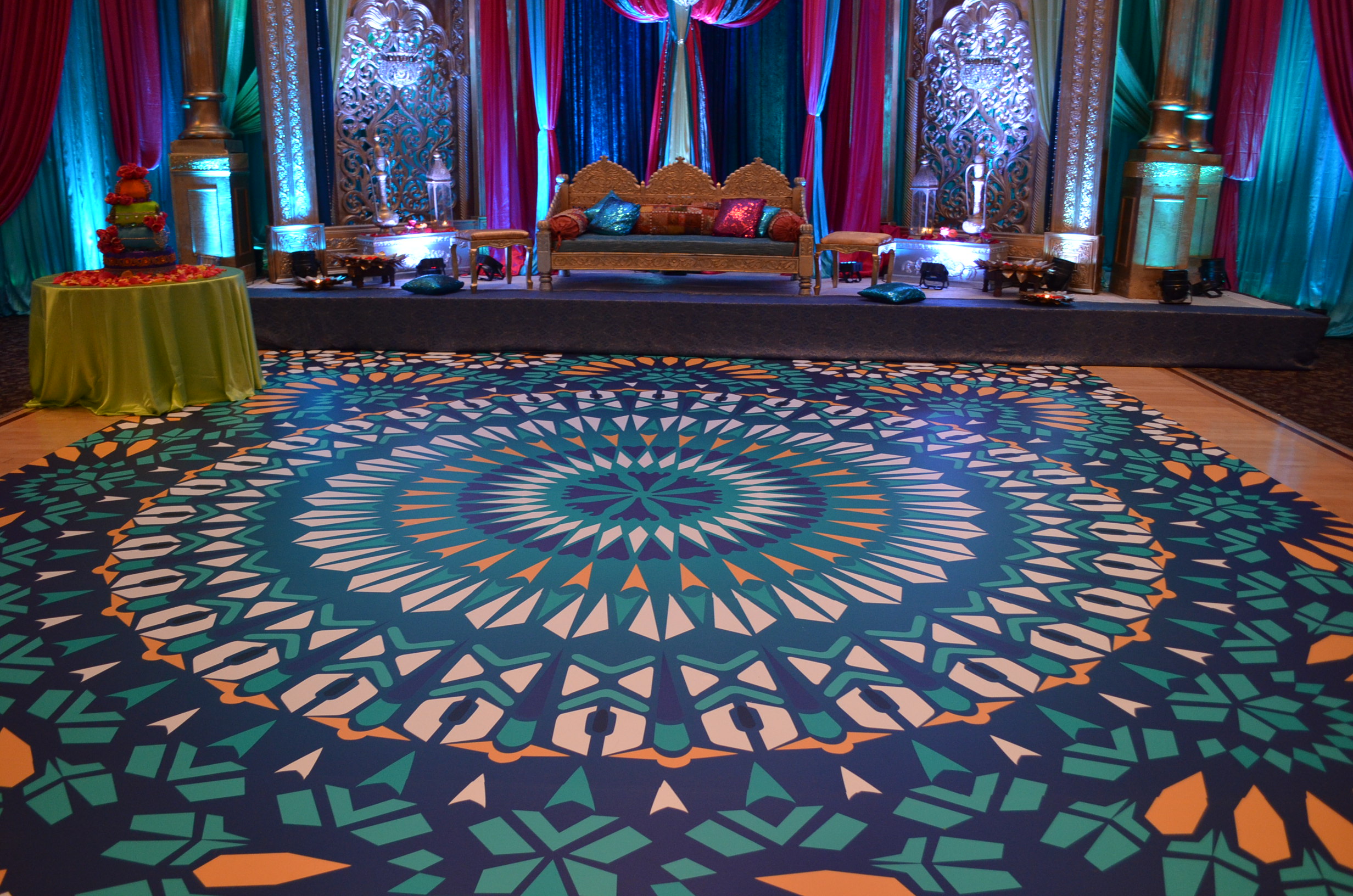Brightening Creativity Via Shade Principles within Light Emitting Diode Movement Floor Layouts
Brightening Creativity Via Shade Principles within Light Emitting Diode Movement Floor Layouts
Blog Article
Color concept represents a important element of aesthetics, especially as it relates to creating LED dance surfaces. The interplay of hues can greatly affect the mood and vibe of a space. Through grasping how colors function together, creators can create an environment that improves the overall encounter for participants. This article examines the fundamentals of color principles and its application in light-emitting diode dance surface layouts.
The main colors are red, blue, and yellow. These colors cannot created by mixing other colors together. Secondary colors, such as green, tangerine, and violet, are formed by combining main hues. Tertiary colors are formed by mixing a primary color with a intermediate hue. Grasping these fundamental connections helps creators select hues that enhance one another and create a visually appealing display. Mixing these hues on an light-emitting diode dancing floor can lead to dynamic and exciting outcomes that attract the focus of participants.
Color temperature also plays a crucial role in design. Hues can be classified as hot or chill. Warm colors, such as red, tangerine, and golden, often to evoke feelings of excitement and warmth. In opposition, chill hues straight from the source like blue, green, and violet typically generate a serene and tranquil environment. Creators can use these hue values to set the mood for different kinds of occasions. For instance, a celebration environment may gain from warm colors that energize the audience, while a further calm event might use cool colors to provide a soothing influence.
In furthermore to color combinations and value, luminosity and intensity are vital elements to take into account. Brightness refers to how light or dim a hue appears, while saturation indicates the vividness of a color. Bright, saturated hues can generate a vibrant and lively atmosphere, ideal for dance floors. On the contrary hand, gentler, less saturated colors can create a further muted atmosphere. By adjusting luminosity and saturation, designers can attract focus to specific areas of the dancing floor or create sight routes, guiding dancers through the venue.
Ultimately, it is essential to take into account the emotional effects of hue in light-emitting diode dance floor layouts. Various colors can evoke different feelings and responses. For instance, red is frequently linked with zeal and energy, while blue can be soothing and tranquil. Grasping these associations allows creators to tactically apply colors to affect the actions of dancers. Through integrating color theory into LED dancing floor designs, designers can improve great post to read the total encounter, making it memorable and pleasurable for all participating.